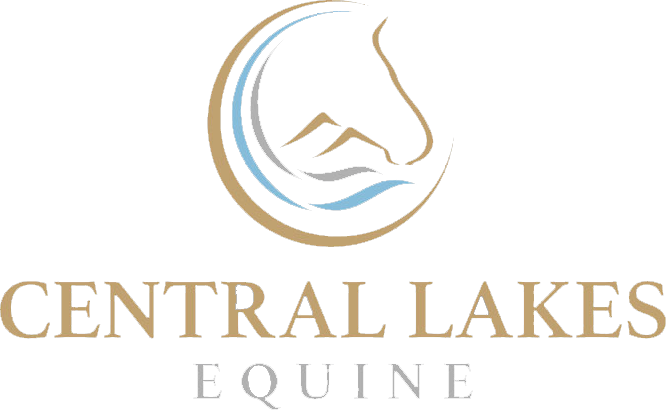As horse owners we often hate the wind because it increases the likelihood for a disaster to happen to our horses.
Today I want to show you what we can do as veterinarians to try and speed up wound healing following a traumatic injury.
Leg injures from wire or other forms of trauma are very common. A lot of vets do not believe in stitching leg wounds on horses as it is very common for them to break down. However, I have a different approach. I think we can use the spare skin where possible, to act like a giant real life sticky plaster. The aim is to bring the skin edges closer together to allow a moist environment for wound healing, to protect underlying vital structures, and to hope that some of the skin will stay alive and attached down to the underlying connective tissue meaning the amount of new skin that has to grow is much reduced.
Here are two examples of hind limb skin wounds that are very common. They are simply examples of how I chose to manage the wounds at the time. Multiple factors are involved in decision making including location of the horse, horse compliance, owners finances, importance of vital structures involved in the wound, and urgency of wound healing.
Case one:
A non fresh, full thickness skin injury to the front and top (dorso-proximal) aspect of the hind leg. This is a common injury and can be a difficult site to get fully healed due to the movement at the base of the hock. Because this wound was contaminated, it was important to clean up the skin and tissues, and regardless whether it was possible to fully close the skin, this wouldn’t be a good choice due to the contamination. I may not always have chosen to stitch this wound on day one due to swelling and contamination level when it presented, however this horse is located a long way from the clinic and it was the best approach for this case.
The injury was cleaned and stitched ONLY partially closed. Appropriate anti-biotics and anti-inflammatories were used. Bandaging is a vital part of the healing process: It will keep the wound compressed so swelling does not pull apart the stitches, and it will act in addition to the stitched skin in providing a moist healing environment.
The images are shown on day 1, post stitching, and 3 weeks post injury.
Case two:
I became the vet of this patient 48 hours post injury. This was again a full thickness skin injury to the front and inside (dorso-medial) aspect of the hind leg. This again is a very common injury. The importance in the treatment of this horse, is to get the bone covered as fast as possible.
I bandaged the wound for 5 days which reduced the swelling and allowed much more movement of the skin flap. As speed of healing was essential for this horse, the decision was made to try and speed up the healing process again with partial wound closure. The horse was anaesthetised, the wound cleaned and debrided, and the wound was partially closed. This is called a delayed closure, as the wound was not stitched at the time of injury (multiple factors were involved in this decision).
Appropriate anti-biotic and anti-inflammatories were used, and again bandaging for this injury was vital.
The images shown are the first day I saw the horse (48 hours) post injury, then the day of surgery, then 4 days post surgery.
I will keep you posted on the healing of these wounds and their ongoing management.











